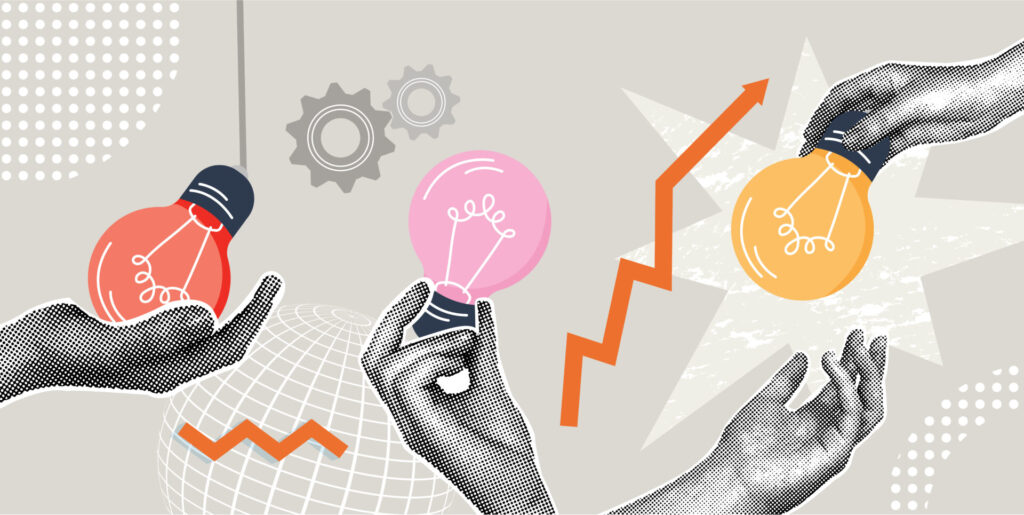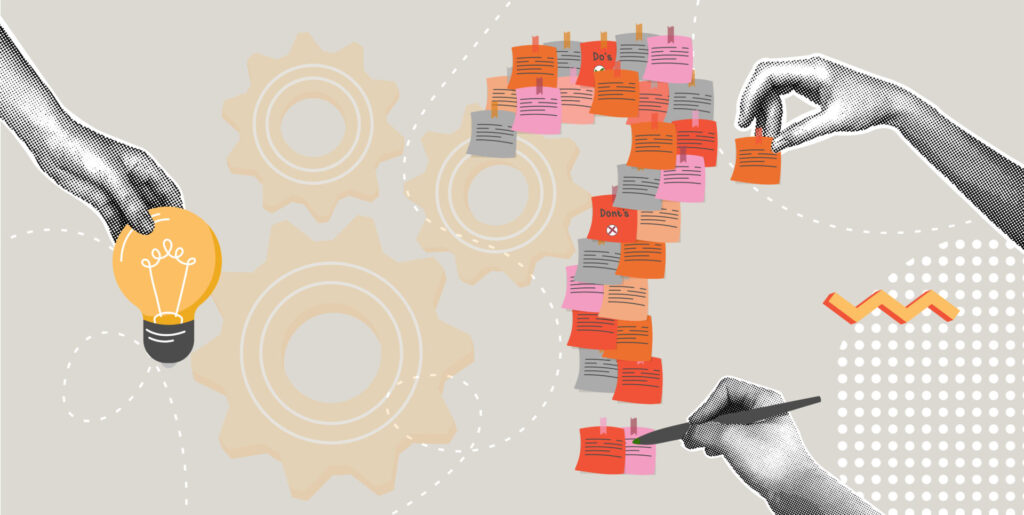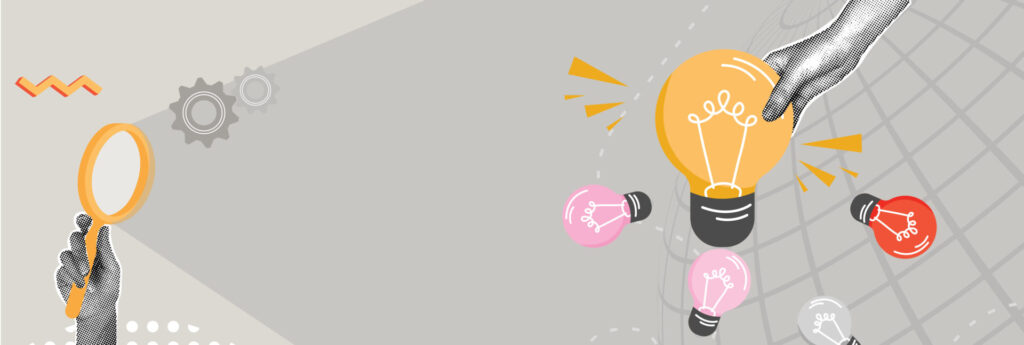Reimagining Decommissioning: How Repurposing Can Enhance the Government’s Plan
The Australian Government’s Offshore Resources Decommissioning Roadmap aims to establish a competitive, efficient, and sustainable domestic decommissioning industry.
With an estimated $60 billion in decommissioning activities and the potential to create more than 3,500 jobs, the roadmap outlines a strategy to manage aging offshore infrastructure while prioritising environmental protection, workforce development, and industry collaboration.
This significant and timely initiative may offer interesting opportunities as Australia navigates its energy transition. By seeking to scale up decommissioning capabilities, the government’s roadmap lays the groundwork for tackling an enormous industrial and environmental challenge. However, while we appreciate the vision, the roadmap presents a clear opportunity for evolution: it stops short of embracing repurposing, a solution that could elevate decommissioning from a necessary obligation to a driver of innovation, sustainability, and long-term economic growth.
What the Roadmap Misses: Unlocking the Potential of Repurposing
The government’s focus on removal and recycling neglects the vast potential of repurposing aging infrastructure for innovative new uses. Repurposing means reusing part or all of the existing infrastructure – onshore or offshore – in unexpected and creative ways. It opens the door to opportunities that go beyond traditional energy applications, supporting industries such as tourism, defence, agriculture, aquaculture, and mining. At the same time, this infrastructure is often ideally suited for repurposing to support emerging energy technologies like renewables and future fuels, offering a pathway to achieve broader sustainability and economic objectives.
Through our submission to the roadmap, 11point2 emphasised how repurposing can deliver triple-bottom-line benefits:
Economic: Repurposing can reduce decommissioning costs and create new revenue streams, such as through green fuel production, offshore wind hubs, or aquaculture facilities.
Environmental: By reimagining the use of existing structures, repurposing often avoids the ecological disruption of dismantling and aligns with the principles of sustainability.
Social: Transforming assets supports local economies and provides continuity for communities that rely on offshore industries.
These benefits align directly with the government’s stated job creation, industrial growth, and environmental stewardship goals. For example, turning decommissioned platforms into renewable energy hubs could support the energy transition while generating significant economic and ecological value.
The Challenges of a Repurposing Approach
Repurposing is a bold and forward-looking solution, but it does come with challenges. Asset owners must adopt a new mindset, embracing flexibility and entrepreneurial thinking in an industry where traditional, risk-averse approaches dominate. The timeline for action is tight, as assets nearing the end of their operational life may require urgent intervention to avoid escalating costs or further degradation.
Successful repurposing also demands collaboration across industries that haven’t historically worked together. For example, connecting oil and gas operators with renewable energy developers, aquaculture specialists, or defence industry players requires a willingness to engage with unfamiliar ecosystems and navigate new regulatory landscapes.
While these challenges are significant, they are not insurmountable. By bringing in external expertise, asset owners can unlock new opportunities and deliver outcomes that are faster, smarter, and more sustainable.
A Call to Action: Repurposing for a Better Future
The Offshore Resources Decommissioning Roadmap is an important step forward, providing a strong foundation for addressing the challenges of decommissioning. Its focus on traditional approaches ensures critical priorities like environmental protection, workforce development, and industry collaboration are well-supported.
However, by integrating repurposing into the framework, the roadmap could unlock even greater opportunities, and create additional value for businesses, communities, and the environment while accelerating progress toward Australia’s energy transition goals. Not every asset will be right for repurposing, but every asset we repurpose creates positive outcomes.
Critically, repurposing offers a way to reimagine decommissioning liabilities as opportunities. By viewing these assets as potential platforms for new energy initiatives, organisations can offset substantial decommissioning costs while simultaneously enabling transformative projects that support the broader energy transition. This approach turns a potential financial burden into a strategic investment in Australia’s sustainable future.
At 11point2, we provide entrepreneurship-as-a-service to help organisations uncover, validate, and execute transformative ideas. Our methodologies empower traditional industries to accelerate transformational innovation, tackle their intractable challenges, and unlock new pathways for growth. We help businesses take decisive action to manage liabilities and lead the transition to a more sustainable future.
Australia’s decommissioning challenge is a once-in-a-generation opportunity to make bold choices that benefit everyone. Let’s ensure we rise to the occasion.



